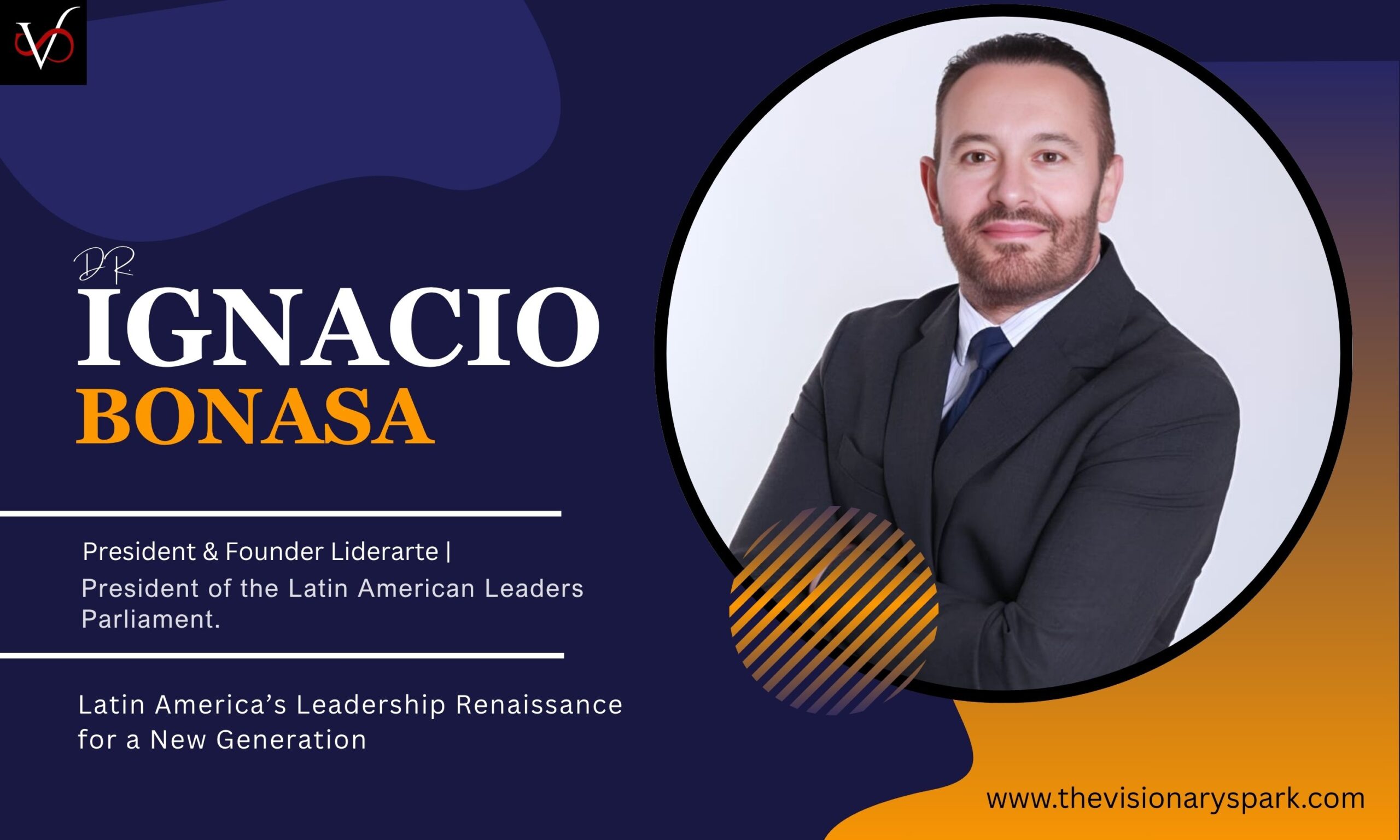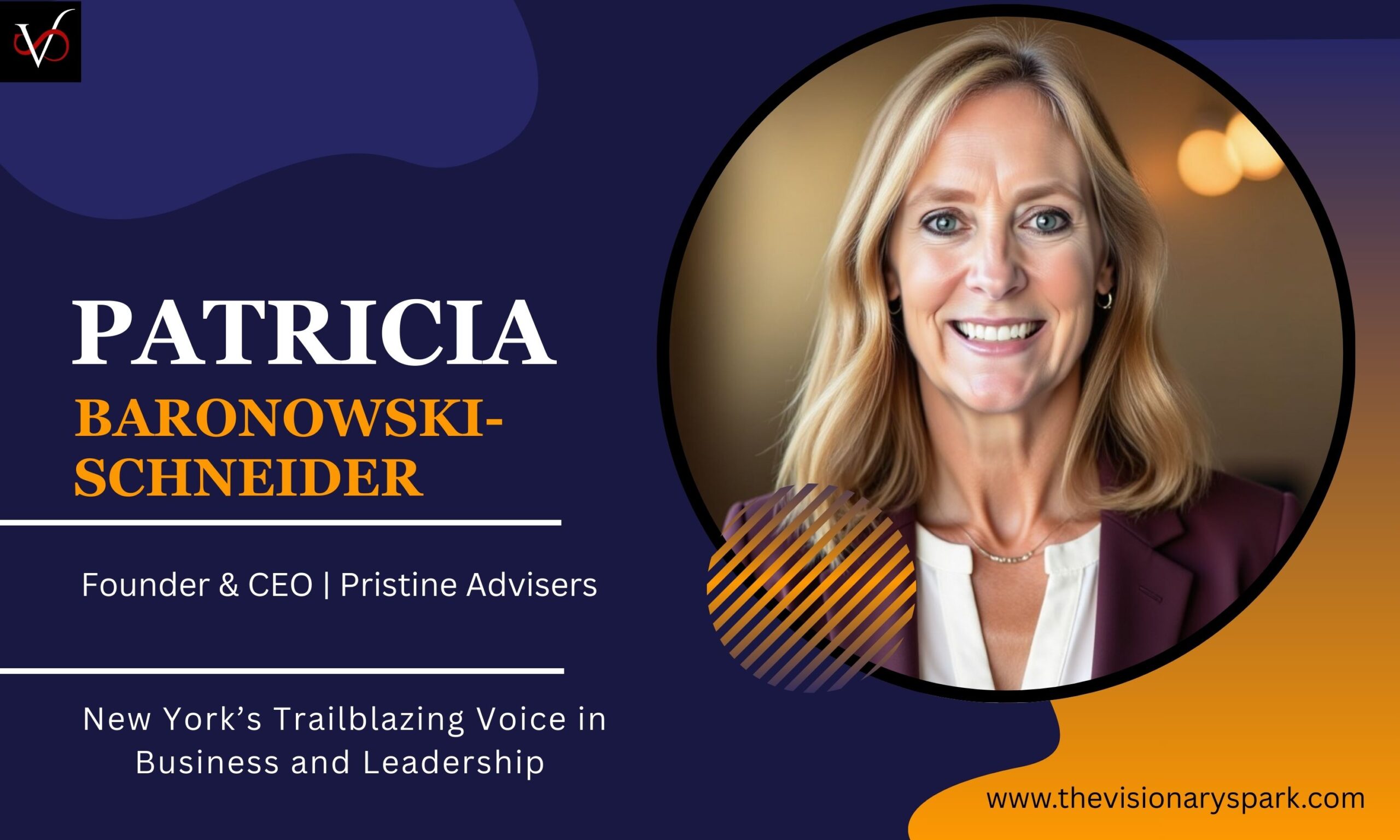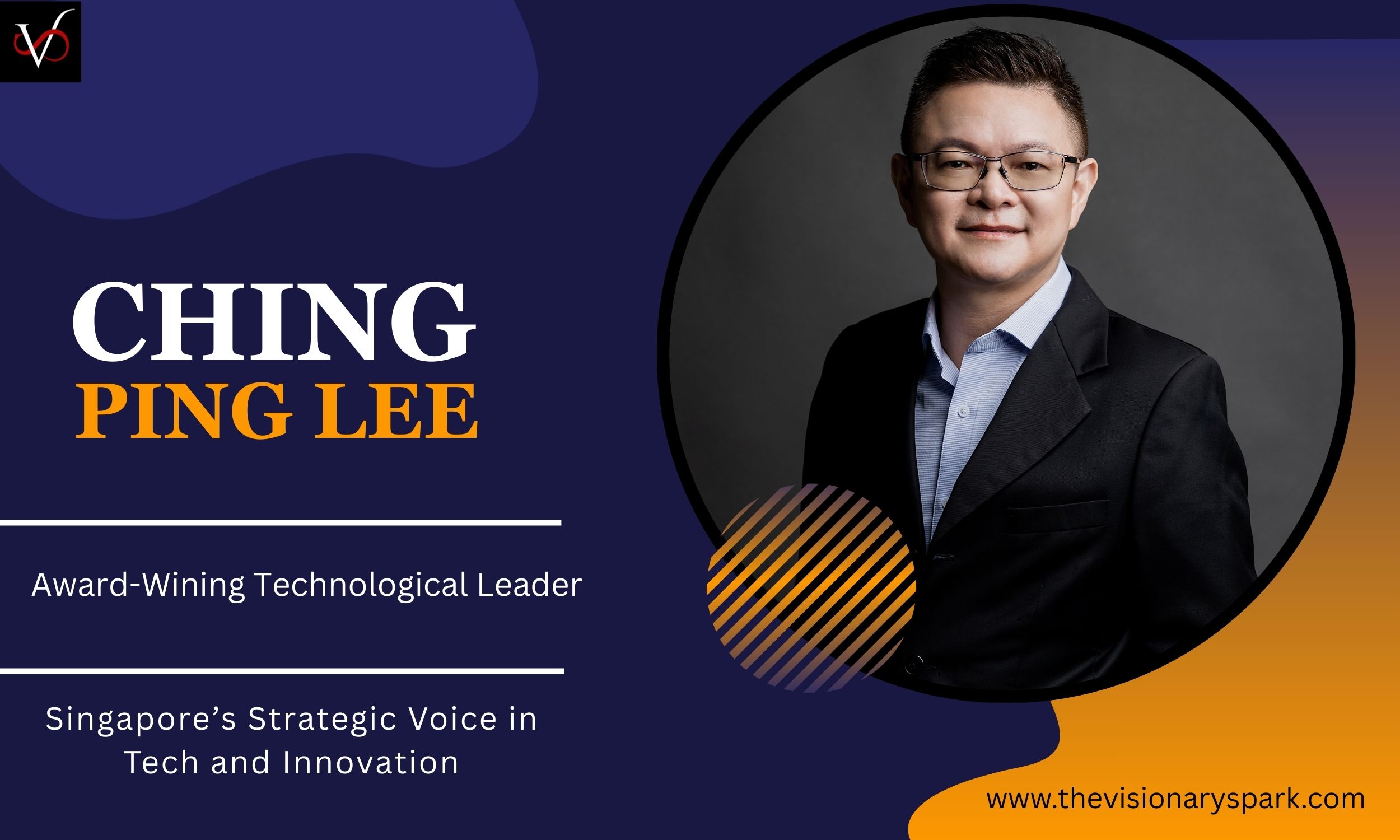Dr. Richard “Dick” Larson has often been described as a man ahead of his time — an innovator whose work crosses the boundaries of engineering, social good, and education. From his pioneering role as “Dr. Queue,” exploring the mathematics and psychology of waiting lines, to his leadership in technology-enabled education at MIT, Larson has built a career defined by both intellectual rigor and human-centered impact. In a world where innovation too often chases novelty, his legacy proves that the most powerful breakthroughs are those that improve lives at scale.
Born in 1943 in Bayside, Queens, and educated entirely at MIT, Larson’s academic journey was marked by speed, precision, and vision. He earned his Ph.D. in electrical engineering by 1969, but even as a young scholar he was already focused on applying theory to pressing real-world challenges. His early research on urban emergency services transformed the way cities thought about deploying ambulances and patrol cars. His 1972 book, Urban Police Patrol Analysis, became a touchstone for public safety professionals and won him the prestigious Lanchester Prize. These weren’t just academic exercises; they were blueprints that saved lives in crowded, under-resourced urban centers.
Larson later became widely known as “Doctor Queue” for his groundbreaking studies on waiting lines. Beyond the mathematics of queues, he examined the human side of waiting — how perception, fairness, and even boredom shaped the experience. His insights influenced service design in hospitals, banks, theme parks, and more. Media outlets often turned to him for commentary on the everyday frustrations of lines, cementing his role as both a serious researcher and a relatable public intellectual.
But perhaps the most transformative chapter of Larson’s career began in the 1990s, when he turned his focus to education. As the Director of MIT’s Center for Advanced Educational Services, he became a pioneer in leveraging multimedia and the internet for learning long before online education became mainstream. His vision took root in initiatives like MIT BLOSSOMS — Blended Learning Open Source Science or Math Studies — a free global platform that delivers engaging video lessons in STEM subjects. Today, BLOSSOMS has reached classrooms around the world, giving students from rural Africa to urban Asia access to high-quality teaching. For Larson, education was not a privilege to be hoarded but a universal right, and technology was the great equalizer.
His leadership extended beyond projects. Larson co-founded the Learning International Networks Coalition (LINC), a global community dedicated to exchanging ideas about technology-enabled education. By creating platforms that connected educators, governments, and institutions across continents, he turned innovation into collaboration. His approach was not about imposing solutions but about sharing tools that others could adapt, ensuring cultural relevance and sustainability.
Even post-tenure, Larson remains an active voice in education and systems design. He has earned recognition from the National Academy of Engineering and received awards like the George E. Kimball Medal and Daniel Berg Lifetime Achievement Medal. Yet, his true legacy lies less in accolades and more in the ripple effect of his work: faster emergency responses, smarter cities, and millions of students worldwide gaining access to STEM learning they might never have had.
As we navigate the complexities of 2025, Dr. Richard Larson’s story feels especially relevant. Education systems are under pressure to adapt to AI, urban infrastructures are being reshaped by data, and global inequality remains a defining challenge. Larson’s vision provides a timeless reminder: the best innovations are those that put people first, blending theory with empathy and technology with purpose. His life’s work shows us that designing the future is not about predicting it — it’s about building it, step by step, for the betterment of all.









Leave a Reply